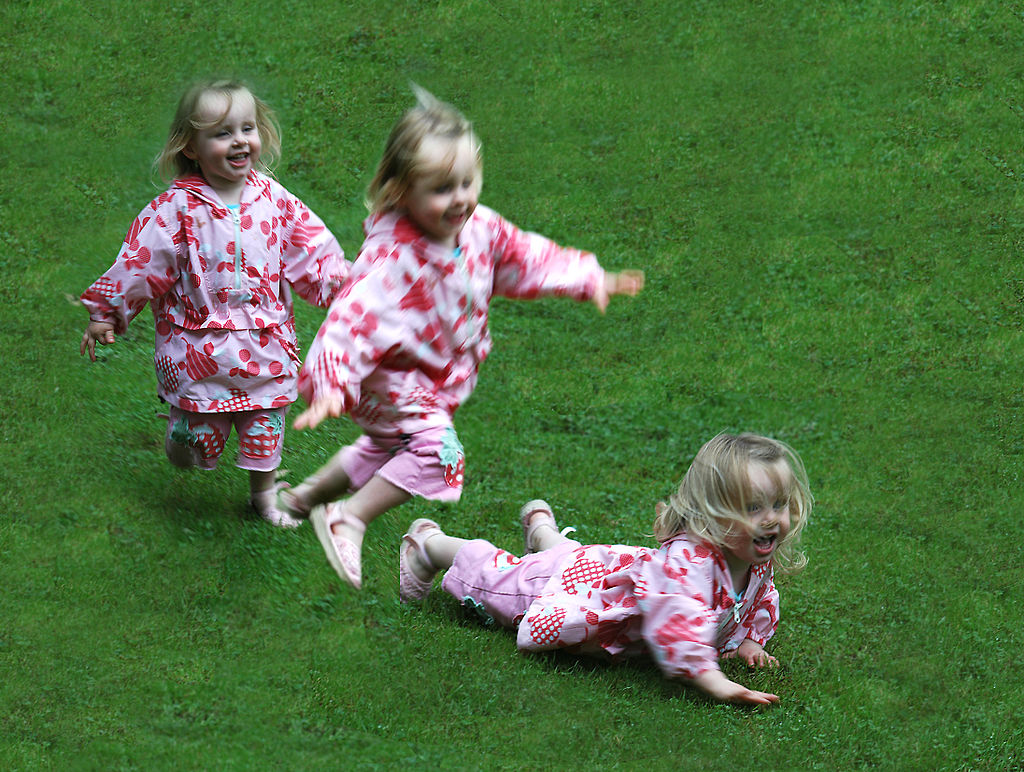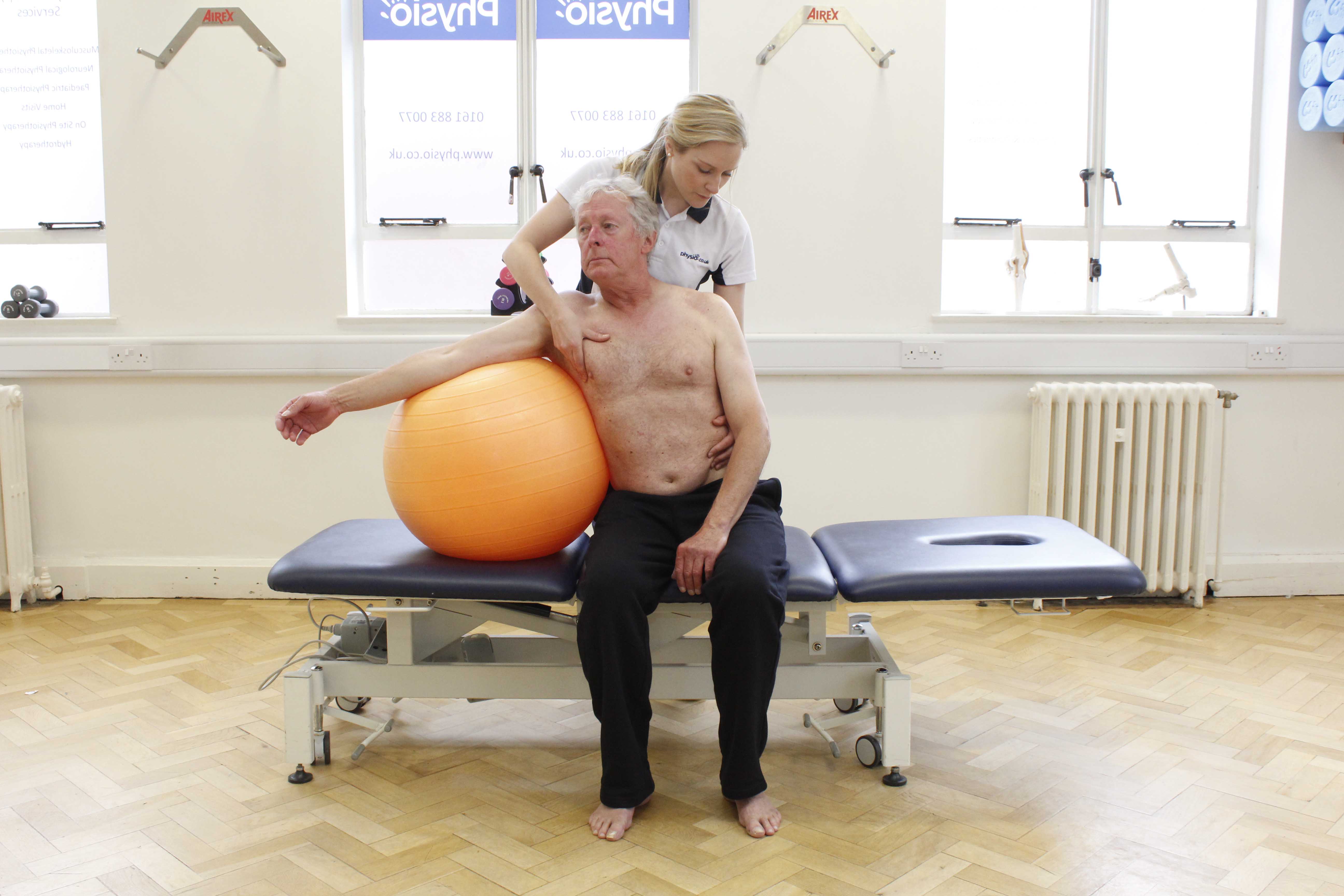nalco group
bone, muscle & joint pain physio
BOOK NOW / WHATSAPP ABOUT YOUR PAIN OR INJURY
- NOVENA 10 Sinaran Drive, Novena Medical Center #10-09, Singapore 307506
- TAMPINES 9 Tampines Grande #01-20 Singapore 528735
- SERANGOON 265 Serangoon Central Drive #04-269 Singapore 550265
Home > Blog > Physiotherapy > Conditions > Spinal Muscular Atrophy Physiotherapy
Spinal Muscular Atrophy Physiotherapy

Spinal muscular atrophy (SMA) is a common, inherited neuromuscular disease that causes
- low muscle tone (hypotonia) and
- progressive muscle
weakness
- progressive muscle wasting (atrophy)
All motor skills can be affected by the disease, including
- walking
- eating
- breathing
SMA is a leading cause of death in infants.
It affects approximately 1 in 10,000 babies born in the United States, of any race or gender. Approximately 1 in every 50 Americans is a genetic carrier of SMA.
Our senior physiotherapists help
children with SMA develop muscle strength and movement abilities to
function at the highest level possible.
What is Spinal Muscular Atrophy?
Spinal muscular atrophy (SMA) refers specificly to a genetic (inherited) neuromuscular disease. The large motor nerves of the spinal cord are abnormal in people with SMA because a gene (the Survival Motor Neuron-1 or SMN1 gene) is missing or altered.
Without this gene, or with a damaged gene, the nerves do not have a specific protein that allows them to control muscles fully or effectively. The decrease of the SMN1 protein results in improper functioning, and eventually death of the motor nerve cells in the spinal cord.
The severity of SMA is related to the amount of the SMN1 protein that is absent in the motor nerve cells (more protein allows for more function).
Severity of the disease ranges from
- mild muscle weakness
- to total paralysis and the need for support to breathe
Signs and Symptoms
Muscle weakness is a hallmark feature of SMA. The muscle weakness is associated with other impairments, such as:
- Muscle wasting (atrophy)
- Low muscle tone that makes the child’s body feel loose or “floppy” (hypotonia)
- Absent or markedly decreased deep tendon reflexes (eg, knee-jerk reflex)
- Involuntary tongue movements
- Hand tremors
- Tight joints that do not bend or stretch all the way, or possibly don’t move at all
- Spinal deformity (scoliosis)
- Respiratory infections and lung disease
The course of SMA varies with each individual, and symptoms range from mild to severe. The onset of SMA can occur from birth to adulthood.
The progression of the disease varies, but generally as an individual ages, muscle strength decreases and symptoms progress.
However, some people with SMA live a normal lifespan.
How Is It Diagnosed?
Diagnosis of SMA begins by observing whether an individual has any of the signs and symptoms of the disease.
When spinal muscular atrohphy is suspected, a simple blood test can identify an estimated 95% of all cases of SMA by revealing the specific mutation that causes the disease.
The other 5% of cases are caused by a rare mutation, and must be identified through further testing. A muscle biopsy may be performed to identify any nerve deterioration, and electromyography (EMG) will test how well the nerves are controlling the muscles.
When diagnosed, SMA is classified into 1 of several types:
Type I SMA (Werdnig–Hoffmann Disease)
Type I SMA is the most frequently diagnosed and most severe form of SMA. The disease is apparent at birth or in the first 6 months of life, and the child never learns rolling or independent sitting.
The child has severe, generalized muscle weakness, and low muscle tone (hypotonia). Infants typically have muscle wasting (atrophy), weakness in the head and neck, arms, legs, and trunk, and decreased movement.
Involuntary movements of the tongue and tremors in the hand may be seen. The child may also develop respiratory infections.
Type II SMA (Intermediate Form)
In Type II SMA, the disease develops between the ages of 6 months and 18 months, and causes less severe weakness than Type I SMA.
Children with Type II SMA are able to learn to sit up and to stand, but usually are not able to walk independently without braces and assistive devices, such as walkers or crutches.
Tongue movements and hand tremors may be seen, but are less apparent than in Type I SMA. Contractures (tightening) of joints and scoliosis are common.
Respiratory infections and complications occur as the disease progresses, and the need for help with breathing is common in the later stages of the disease.
Type III SMA (Kugelberg–Welander Disease)
Type III SMA has a later onset and better prognosis. Type III SMA is usually diagnosed between the ages of 18 months and 3 years, or even later in mild cases, where weakness is not noticeable until late childhood.
Children are able to achieve developmental milestones and independent walking, and often they maintain walking until adolescence or adulthood.
Walking may be characterized by a

- lack of balance
- frequent falls
- scoliosis
- knee extension that is more than usual and causes the knee to “bend backward” slightly
- excessive waddling
The muscle weakness mainly affects the muscles around the hips, and is less severe than in Types I and II.
Rare SMAs
Other forms of SMA are rare and are caused by different genes than the SMN1 gene.
These forms of SMA include distal spinal muscular atrophy, Kennedy disease, and other classifications. We will educate you about the rarer forms of the disease.
how our senior physiotherapists can help
Evaluation is important for guiding the treatment of a child with SMA.
We will conduct a thorough evaluation that includes t
- aking the child’s health history
- examining the child’s posture, muscle strength, motor activities that include walking, joint motion, respiratory function
- participation with family and friends
- quality of life
Treatment is important to allow children with spinal muscular atrophy to achieve the highest level of independent living and mobility possible, and to prevent or delay the development of complications.
We work closely with the child and family to develop the most appropriate goals for each child based on functional levels and interests.
Your child's physiotherapy treatment may include:
Therapeutic Exercises and Strength Training
We use different therapeutic exercises to help children with SMA
- improve and maintain mobility
- prevent or slow the progression of contractures and respiratory failure
Therapeutic exercises may include strengthening and aerobic at levels appropriate for the specific child.
Strengthening Exercises
We can help your child slow any deterioration in muscle strength and prolong your child’s ability to walk. We design strengthening exercises to keep children with SMA active and moving.
They identify games and fun tasks that can be used during therapy or taught to the family to maintain strength.
Improving Developmental Skills
We will develop strategies to help your child learn developmental skills that will improve:
- Head and trunk control
- Floor mobility, such as rolling and crawling
- Changing positions, such as pulling up to stand
- Learning upright positions and skills, such as sitting, standing, and walking

Aquatic Therapy or Hydrotherapy
Some of our senior physical therapists specialize in aquatic therapy and use the physical properties of water to provide
- strength training
- walking
- balance exercises
- aerobic training
without the risk of fatigue or overworked muscles
Standing Programs
Standing programs for children who can't walk are used to
- maintain muscle flexibility and length
- prevent contractures
- promote musculoskeletal development
- prevent bone-mineral density loss
We can design standing programs to be used at home or at school, as appropriate.
Management of Respiratory Complications
We teach parents and caregivers how to perform chest drainage techniques, and help with coughing and breathing techniques to keep children with SMA breathing well.
We will provide chest physical therapy as appropriate, and teach the family some blowing games (like bubbles) to improve breathing.
Management of Contractures
We help prevent joint tightness (contractures) and increase flexibility in children with SMA by designing specific programs in
- range-of-motion exercises
- positioning
- regular stretching
We may recommend the use of splints, braces, or standing devices, as appropriate.
Management of Scoliosis and Skeletal Deformities
We can assist in the prevention or reduction of scoliosis and skeletal deformities by designing specific programs to improve movement, and maintain healthy positioning at all times.
They will recommend wheelchair modifications and the use of braces to ensure the safety and health of each individual child, as needed.
If a child requires surgery for scoliosis or other joint deformities, intensive preoperative and postoperative physical therapy can help prevent respiratory complications and loss of strength or function.
Assistive Devices
Many children with SMA require adaptive or assistive devices to help them maintain function at some point during the course of the disease, and especially following surgery.
We work with other rehabilitation specialists to select and modify assistive devices to meet each individual child's specific needs.
Types of assistive devices range from those that position a child for feeding or playing, to motorized wheelchairs.
